Supportive Regulatory Frameworks
The Spray Foam Market is benefiting from supportive regulatory frameworks that promote sustainable building practices. Governments and regulatory bodies are increasingly implementing policies aimed at reducing carbon footprints and enhancing energy efficiency in buildings. These regulations often encourage the use of high-performance insulation materials, such as spray foam, which can significantly contribute to energy conservation. For instance, various energy efficiency programs offer incentives for the adoption of spray foam insulation in both residential and commercial projects. This regulatory support is likely to stimulate demand for spray foam products, as builders and property owners seek to comply with new standards. Consequently, the Spray Foam Market is poised for growth as these supportive frameworks continue to evolve.
Increasing Construction Activities
The Spray Foam Market is experiencing a notable surge due to the increasing construction activities across various sectors. As urbanization continues to rise, the demand for residential and commercial buildings is escalating. This trend is reflected in the construction sector's growth, which has been projected to expand at a compound annual growth rate of approximately 5.5% over the next few years. Spray foam insulation is favored for its superior thermal performance and air sealing capabilities, making it a preferred choice among builders and contractors. The ability of spray foam to enhance energy efficiency aligns with the growing emphasis on sustainable building practices. Consequently, the increasing construction activities are likely to drive the demand for spray foam products, thereby propelling the Spray Foam Market forward.
Rising Awareness of Energy Efficiency
The Spray Foam Market is significantly influenced by the rising awareness of energy efficiency among consumers and builders. As energy costs continue to rise, there is a growing emphasis on reducing energy consumption in buildings. Spray foam insulation offers excellent thermal resistance, which can lead to substantial energy savings. According to recent estimates, buildings insulated with spray foam can achieve energy savings of up to 30% compared to traditional insulation materials. This heightened awareness is prompting homeowners and commercial property owners to invest in spray foam solutions, thereby boosting the Spray Foam Market. Furthermore, as energy efficiency becomes a key criterion in building codes and standards, the demand for spray foam products is expected to increase, reflecting a broader trend towards sustainable construction.
Growing Demand in the Automotive Sector
The Spray Foam Market is witnessing a growing demand from the automotive sector, where spray foam is increasingly utilized for insulation and soundproofing applications. The automotive industry is focusing on enhancing vehicle efficiency and comfort, leading to a rise in the adoption of spray foam solutions. Spray foam provides excellent thermal insulation and noise reduction properties, making it an attractive option for manufacturers. Recent data indicates that the automotive segment is expected to account for a significant share of the spray foam market, driven by the need for lightweight materials that improve fuel efficiency. As the automotive sector continues to innovate and prioritize sustainability, the demand for spray foam products is likely to expand, further contributing to the growth of the Spray Foam Market.
Technological Innovations in Spray Foam
Technological innovations are playing a crucial role in shaping the Spray Foam Market. Recent advancements in spray foam formulations have led to the development of products that are not only more effective but also environmentally friendly. Innovations such as low-pressure spray foam and water-blown foam are gaining traction, offering improved performance and reduced environmental impact. The introduction of these advanced products is likely to attract a wider customer base, including those who prioritize sustainability. Additionally, the integration of smart technologies in spray foam applications is emerging, allowing for better monitoring and control of insulation performance. As these technological advancements continue to evolve, they are expected to enhance the competitiveness of the Spray Foam Market, driving further growth.


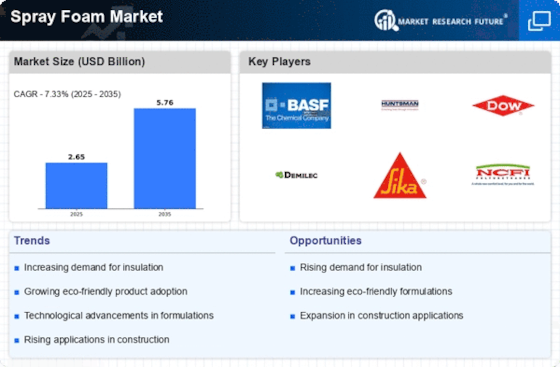
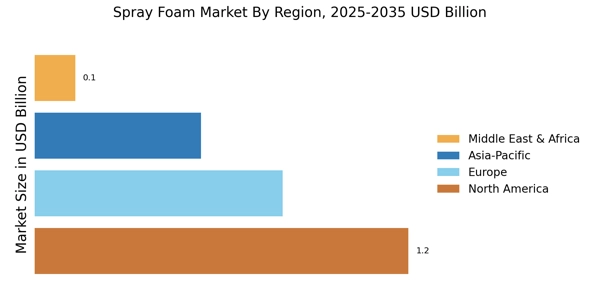

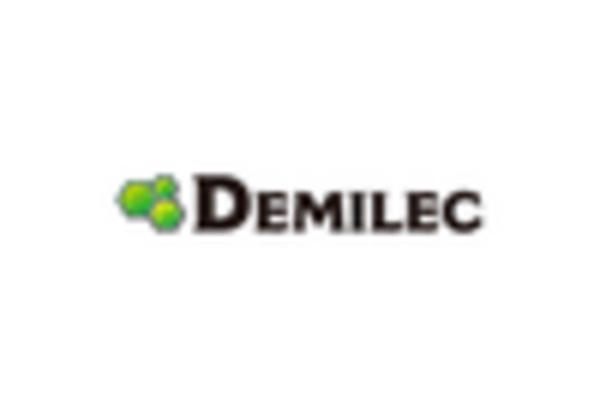


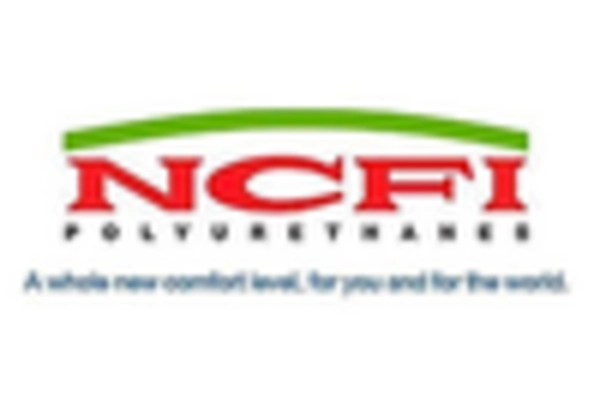
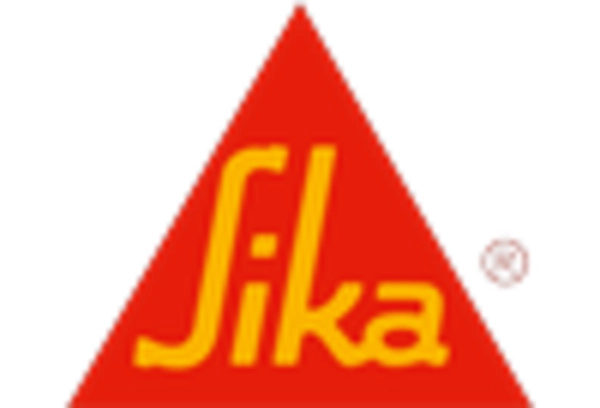








Leave a Comment